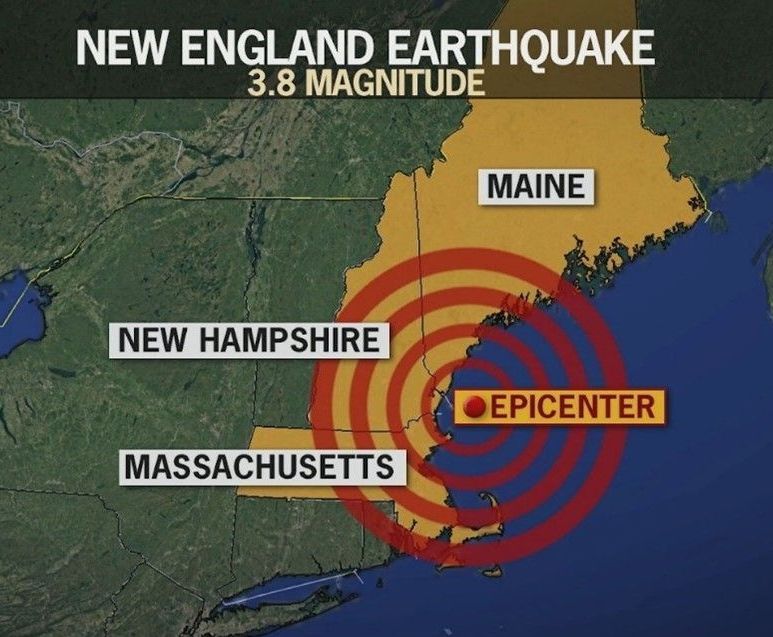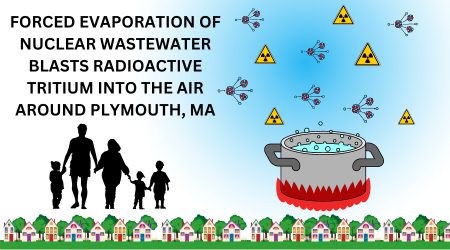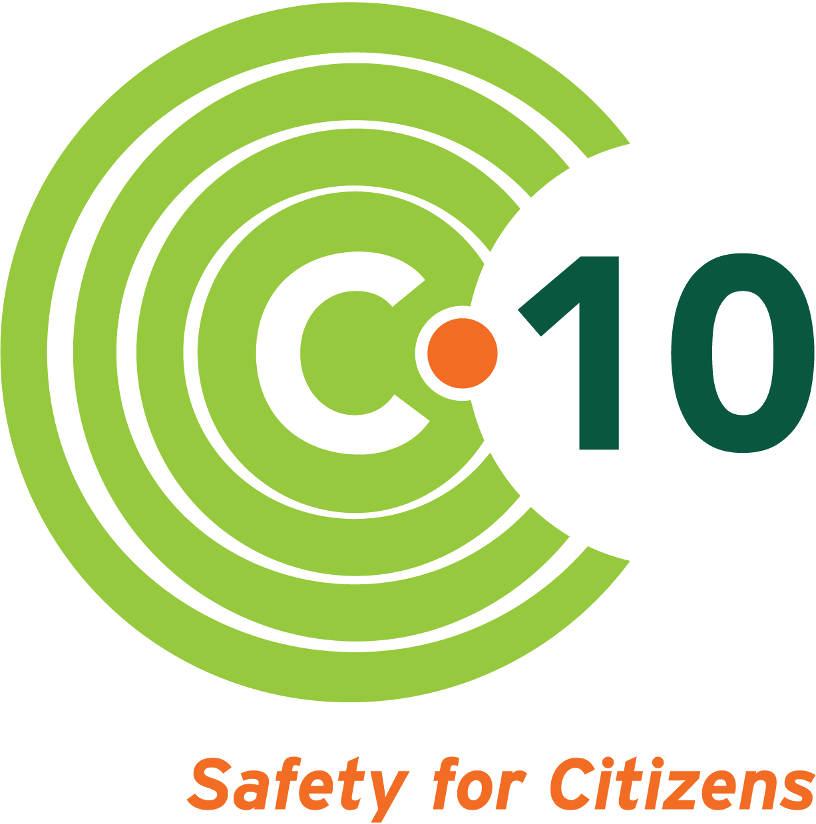NRC Uses Shoddy Science to “Manage” Concrete Degradation at Seabrook
- By Dan Edson
- •
- 29 Jul, 2019

Dr. Victor Saouma, a professor of civil and structural engineering at the University of Colorado Boulder, a foremost authority on concrete degradation caused by alkali-silica reaction (ASR), confirmed our worst fears at C-10’s Annual Public Meeting June 27: The US Nuclear Regulatory Commission (NRC) indeed is cutting corners with regard to managing the ongoing and irreversible concrete degradation from ASR at Seabrook Station. To use Dr. Saouma’s words, concrete degradation testing at Seabrook has been “inadequate,” leaving him “not sure” about the safety of Seabrook.
Dr. Saouma revealed how the recent ASR testing at the Ferguson Structural Engineering Lab, University of Texas at Austin (FSEL) relied on a concrete mix (aggregate and sand) that was not identical to the concrete mix poured at Seabrook. Thus, the concrete tested in Texas did not adequately represent Seabrook concrete, essentially rendering the data produced by the Texas study irrelevant for Seabrook. A “sophomoric approach” with “erroneous assumptions,” “essential tests omitted,” and “simplistic analysis,” according to Saouma.
Dr. Saouma also explained that because the progression of ASR is affected by temperature, an ASR study in Texas might not exhibit the same surface cracking and microscopic (internal) expansion as the ongoing ASR at Seabrook over a given time period. Dr. Saouma added that ASR testing at Seabrook has relied too heavily on surface observations of ASR (visible surface cracks), with insufficient data on internal degradation (subsurface expansion).
ASR reduces the shear strength of concrete structures and thus can greatly reduce seismic resistance of Seabrook nuclear power plant facilities. According to Saouma, “an earthquake will cause large shear stresses at the base [of structures], where most of the ASR occurs.”
Dr. Saouma, who insisted that his work as C-10’s technical expert be pro bono, pointed out that the FSEL study results were not even peer reviewed. Since the NRC permitted Seabrook’s owner, NextEra, to write the procedures for ASR safety assessment and monitoring, and since the ASR management plan developed by NextEra was based on the scientifically flawed Texas testing, with questionable (if not irrelevant) results, what confidence do we have that the ASR management plan can adequately ensure public safety? From what Dr. Saouma observed, little.
Dr. Saouma’s comments were alarming, both for the lack of scientific rigor by the NRC and that agency’s dearth of due diligence with regard to public safety. Seabrook is the first nuclear plant in the nation known to be affected by ASR concrete degradation. That the NRC acquiesced to the plant owner with regard to ASR management – and relicensed the facility more than ten years before its initial license expires and before hearing C-10's contentions about the inadequacy of the ASR testing – suggests that the NRC just might not be up to the task of managing concrete degradation resulting from ASR.
Dr. Saouma, who has spent years researching ASR,including a major study for the NRC, is working with C-10 to challenge the “representativeness” of the Texas testing before the NRC’s Atomic Safety and Licensing Board at a public hearing September.* In addition, C-10 is supported by attorney Diane Curran, a highly regarded litigator who has spent her career in nuclear safety and environmental ,and who has noted that the burden of proof of the effectiveness of the ASR management plan rests on Seabrook owner NextEra.
Dr. Saouma's key takeaways:
- ASR is an extraordinarily complex problem, so requires a complex solution
- Too much is at state to take shortcuts and jeopardize the safety of the public
- Unless/until NRC takes steps to rectify, decision to re-license Seabrook with a substandard program for addressing ASR, this License Amendment Request may become a major stain on the reliability and credibility of the agency.
- He would suggest that the affected parties:
- Perform adequate, state-of-the-art testing and analysis, including petrography, accelerated expansion tests, and finite element studies;
- Talk to HydroQuebec, as they are facing similar problems with ASR in dams;
- Learn more about the latest scientific literature on ASR; and,
- Ensure that independent peer review is performed
To learn more, see: C-10 Brings Legal Challenge to Seabrook's Concrete Testing and Monitoring and Seabrook's Concrete & Licensing Issues
*Please mark your calendar and plan to attend: NRC Atomic Safety and Licensing Board Hearing, September 24-27, Newburyport City Hall. Also, spread the word to friends and neighbors, consider writing letters to editors, and ask your elected officials to attend.
Dan Edson is a science writer and member of C-10's Advisory Board. He lives in Newburyport, Mass.
Follow us



